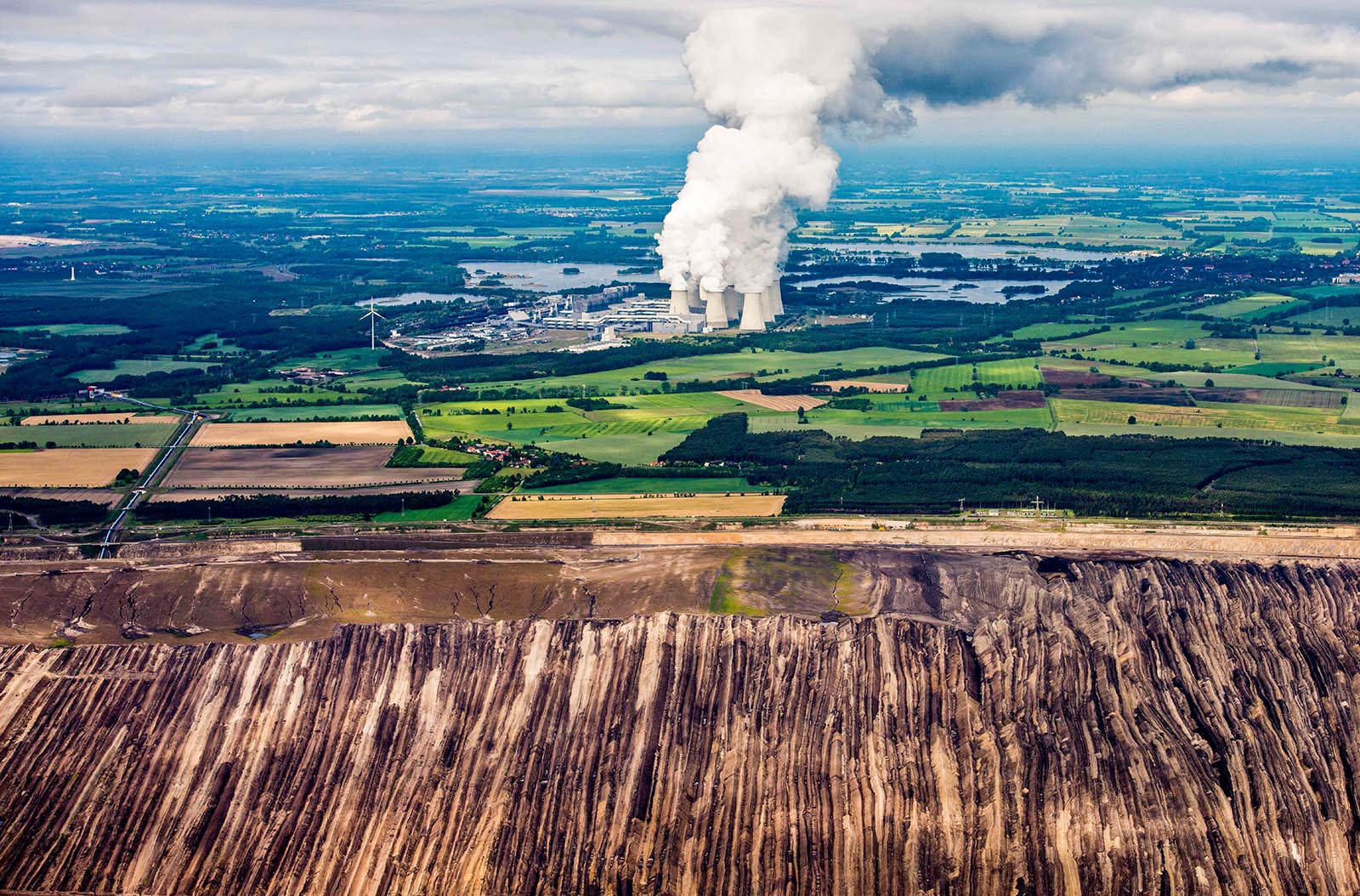Sold! Using Auctions To Unlock Capital Markets for Climate Action

The Jaenschwalde lignite-fired power station in Germany. Price drops in the carbon market have removed incentives for companies to invest in clean technology projects.
Photo: Patrick Pleul/AFP/Getty Images
Reducing greenhouse gas (GHG) emissions is critical for reaching the Paris Climate Agreement’s commitment to limit global temperatures to 2 degrees Celsius above preindustrial levels. However, the collapse of prices in the carbon market has removed a major incentive for the private sector to invest in clean technology projects, and as a result, many GHG emission-abatement projects are now at risk of being decommissioned.
The World Bank has come up with an innovative idea for countering this by offering a price guarantee to projects that reduce GHG emissions. Public funds for this guarantee are allocated through an auction—called the Pilot Auction Facility (PAF)—that selects those entities that require the least additional funding to continue. It’s an innovative approach for the use of limited public funds for GHG abatement.
Three auctions were held under the PAF, disbursing over $50 million from Germany, Sweden, Switzerland, and the United States to emission abatement projects. NERA Economic Consulting (NERA) managed the auctions.
How It Works
The PAF consists of two key elements. The first is an “option” that gives the holder the right, but not the obligation, to deliver emission reductions (ERs) in return for a payment. The payment is the “strike price” of the option and the “premium” is the price paid for the option. While the payment less the price paid provides a guaranteed floor value for ERs, the holder of the option may still sell its ERs in the open market if a better price is available.
The PAF’s second key element is the use of an auction to effectively allocate the public funds available. Bidders compete to purchase these put options, either bidding down the option’s strike price (with a pre-set premium) or bidding up the premium (with a pre-set strike price). Either way, the auction determines the value of the option and selects the entities willing to receive the lowest price guarantee to deliver the ERs. This in turn maximizes the impact of public funds by achieving the greatest climate benefits per dollar.
Critical Success Elements
Bidders around the world participated in the auctions; 24 firms won and are expected to achieve reductions of over 20 million tCO2e (tons of carbon dioxide equivalent) by 2020. A number of best practices were learned during the course of the auctions that proved important to the auction’s success.
The PAF auctions are predicted to lead to big reductions in emissions. Can this model of leveraging public funds be applied to other sectors?
Focus on where the impact is greatest
The PAF focused on reducing methane emissions and nitrous oxide emissions, both highly potent greenhouse gases with a global warming potential of 25 and 300 times, respectively, that of carbon dioxide. Due to the low prices in the carbon market, 1,200 methane projects in developing countries were at risk of decommission, which could reduce as much as 8,200 million tCO2e with additional financing.
Pay for performance
The PAF delivers funding only upon achievement of emission reductions. This program does not pay for the installation of the underlying abatement projects, but it pays for the performance of such projects. The risk of project implementation remains with the developer.
Leverage existing infrastructure
The program leverages existing infrastructure in two ways. Firstly, the World Bank uses its established infrastructure to issue zero-coupon puttable bonds that are equivalent to put options. These bonds are tradable on traditional bond markets. Second, the holder of the option surrenders ERs before payment is made. The PAF leverages the Clean Development Mechanism, the Verified Carbon Standard and the Gold Standard infrastructures in place to implement this.
Maximize impact of public funds
The PAF makes use of a clock auction format, a novel approach in international climate and development finance. A clock auction proceeds in a series of rounds. In a round, bidders state how many put options they are willing to buy, given the option’s premium and strike price. If bidders in aggregate are willing to purchase more than the number of options available, the economic proposition of the options is made less attractive in the next round by increasing the option’s premium or reducing the option’s strike price, and bidders have another opportunity to state how many options they are willing to buy. This process continues until there are just enough options available to satisfy demand.
This competition drives down the effective guaranteed floor value (the strike price less the premium) for ERs to ensure that public funds achieve the maximum impact by selecting winners with the lowest expected costs per tCO2e. The two auctions that targeted methane emissions, which employed different auction formats held nearly a year apart, delivered virtually the same net value ($2.10 per ER in the first auction and $2.09 per ER in the second). This suggests the reliability of the price signal delivered by the auctions—that the auctions were effective in encouraging straightforward bidding and in achieving a market-reflective price.
Summary
The auctions under the PAF were successfully held in specific sectors, but they could also be used in others. On a country level, the model could be used by governments that need to meet commitments under the Paris Climate Agreement. On the global level, the auction format could be scaled, with increased funding for larger multi-country climate auctions.
This article was first published in the MMC Climate Resilience 2018 Handbook.





